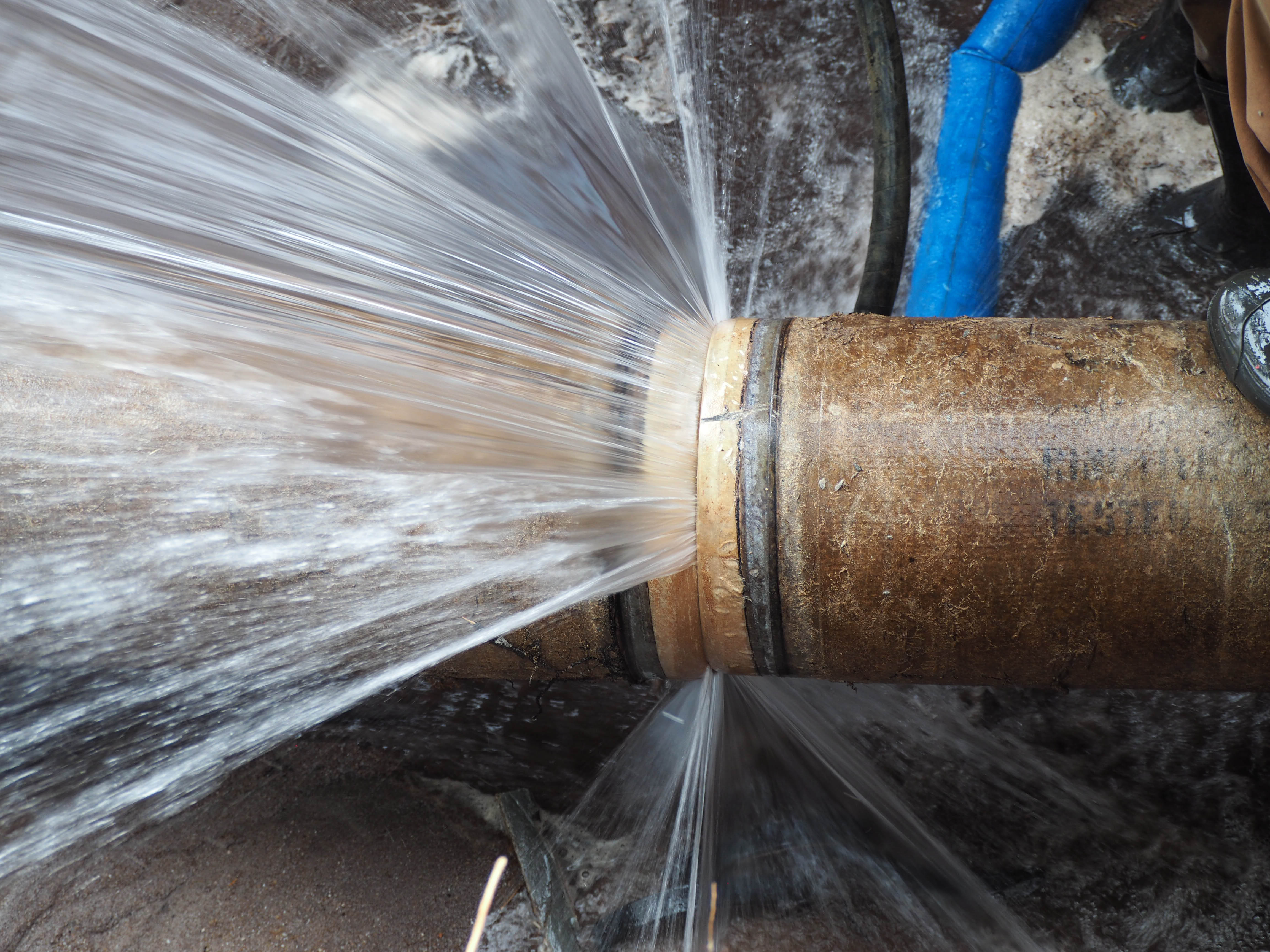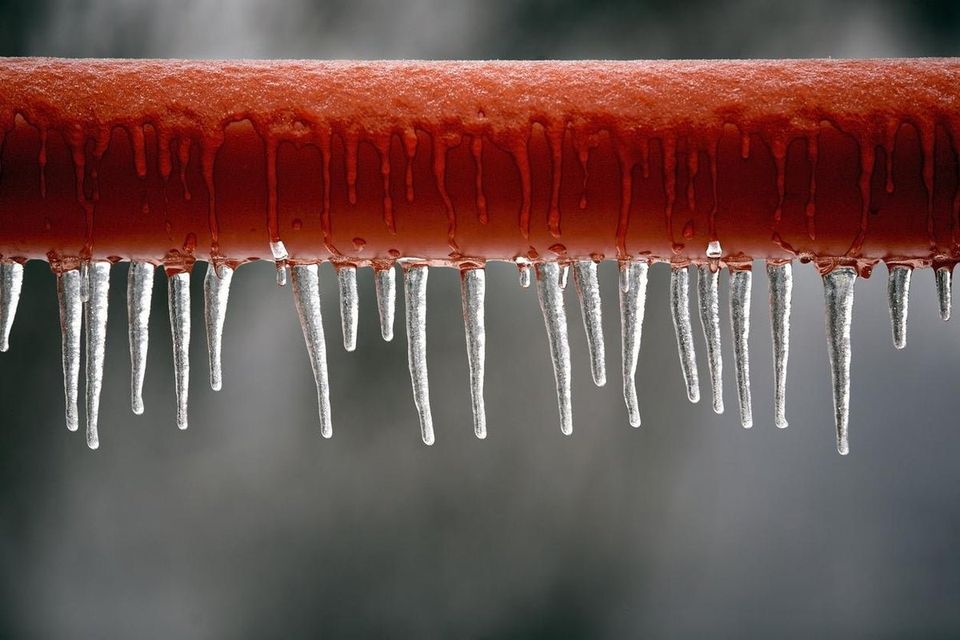Protecting Against Frozen Pipes in Cold Weather: Key Advice
Protecting Against Frozen Pipes in Cold Weather: Key Advice
Blog Article
Are you searching for answers on Helpful Tips to Prevent Frozen Pipes this Winter?

Cold weather can wreak havoc on your plumbing, particularly by freezing pipes. Here's just how to stop it from taking place and what to do if it does.
Intro
As temperature levels decrease, the danger of frozen pipelines rises, potentially causing expensive repairs and water damages. Recognizing exactly how to prevent icy pipes is crucial for home owners in chilly environments.
Comprehending Frozen Pipes
What causes pipes to freeze?
Pipelines ice up when subjected to temperature levels below 32 ° F (0 ° C) for expanded periods. As water inside the pipes ices up, it expands, putting pressure on the pipeline walls and potentially creating them to burst.
Dangers and problems
Icy pipes can result in water supply disruptions, residential or commercial property damages, and expensive repairs. Burst pipes can flooding homes and trigger substantial architectural damages.
Indicators of Frozen Water Lines
Recognizing frozen pipes early can stop them from bursting.
Just how to identify icy pipelines
Try to find reduced water flow from faucets, unusual smells or sounds from pipes, and visible frost on revealed pipelines.
Prevention Tips
Insulating at risk pipelines
Wrap pipelines in insulation sleeves or utilize heat tape to shield them from freezing temperature levels. Focus on pipelines in unheated or outside locations of the home.
Heating strategies
Keep indoor areas sufficiently warmed, particularly locations with plumbing. Open up closet doors to allow cozy air to circulate around pipelines under sinks.
Shielding Exterior Pipes
Garden hose pipes and outdoor faucets
Detach and drain pipes garden pipes before wintertime. Mount frost-proof spigots or cover outside taps with insulated caps.
What to Do If Your Pipes Freeze
Immediate activities to take
If you suspect frozen pipelines, keep faucets open up to ease pressure as the ice melts. Utilize a hairdryer or towels taken in warm water to thaw pipelines slowly.
Long-Term Solutions
Architectural changes
Take into consideration rerouting pipelines away from exterior walls or unheated areas. Add extra insulation to attic rooms, cellars, and crawl spaces.
Upgrading insulation
Invest in top quality insulation for pipelines, attics, and walls. Correct insulation helps keep constant temperatures and lowers the danger of icy pipes.
Verdict
Stopping icy pipes calls for proactive actions and quick actions. By understanding the causes, indicators, and preventive measures, house owners can shield their plumbing during winter.
5 Ways to Prevent Frozen Pipes
Drain Outdoor Faucets and Disconnect Hoses
First, close the shut-off valve that controls the flow of water in the pipe to your outdoor faucet. Then, head outside to disconnect and drain your hose and open the outdoor faucet to allow the water to completely drain out of the line. Turn off the faucet when done. Finally, head back to the shut-off valve and drain the remaining water inside the pipe into a bucket or container. Additionally, if you have a home irrigation system, you should consider hiring an expert to clear the system of water each year.
Insulate Pipes
One of the best and most cost-effective methods for preventing frozen water pipes is to wrap your pipes with insulation. This is especially important for areas in your home that aren’t exposed to heat, such as an attic. We suggest using foam sleeves, which can typically be found at your local hardware store.
Keep Heat Running at 65
Your pipes are located inside your walls, and the temperature there is much colder than the rest of the house. To prevent your pipes from freezing, The Insurance Information Institute suggests that you keep your home heated to at least 65 degrees, even when traveling. You may want to invest in smart devices that can keep an eye on the temperature in your home while you’re away.
Leave Water Dripping
Moving water — even a small trickle — can prevent ice from forming inside your pipes. When freezing temps are imminent, start a drip of water from all faucets that serve exposed pipes. Leaving a few faucets running will also help relieve pressure inside the pipes and help prevent a rupture if the water inside freezes.
Open Cupboard Doors
Warm your kitchen and bathroom pipes by opening cupboards and vanities. You should also leave your interior doors ajar to help warm air circulate evenly throughout your home.

I am just very enthusiastic about Helpful Tips to Prevent Frozen Pipes this Winter and I am assuming you liked our post. Appreciated our posting? Please quickly share it. Let somebody else check it out. Thank-you for going through it.
Get Offer Report this page